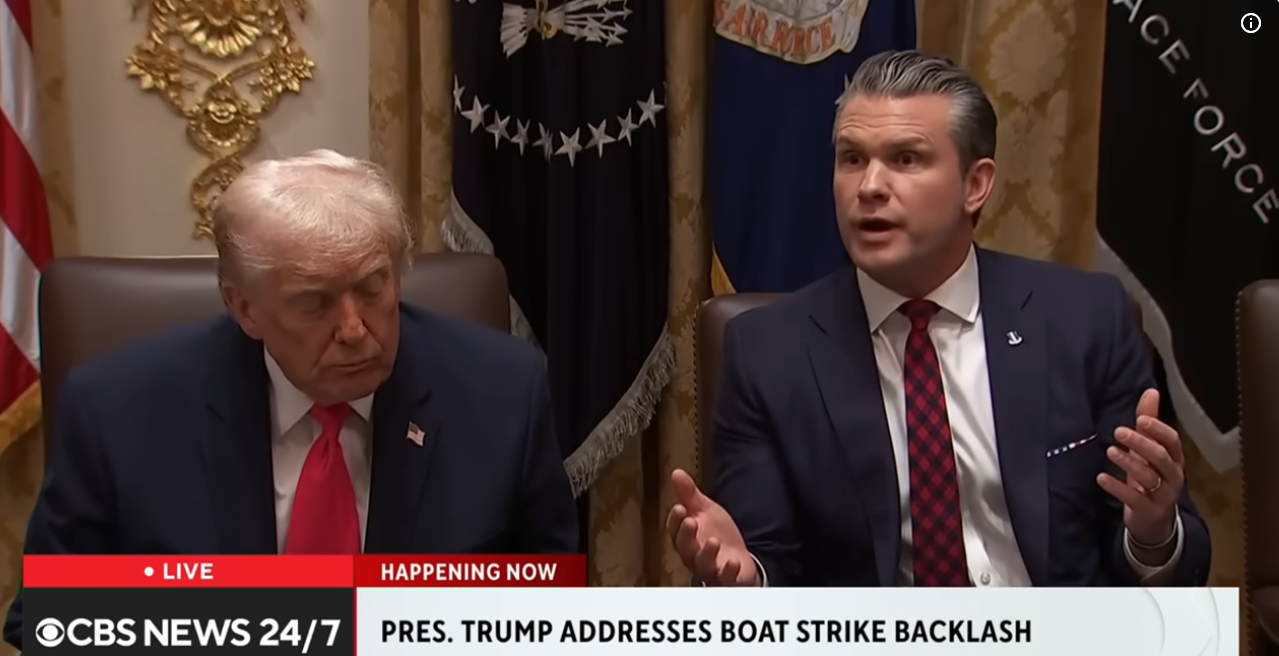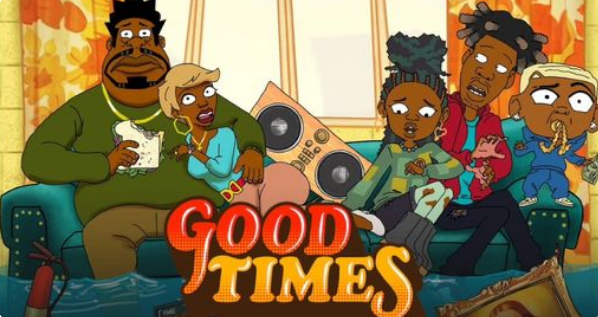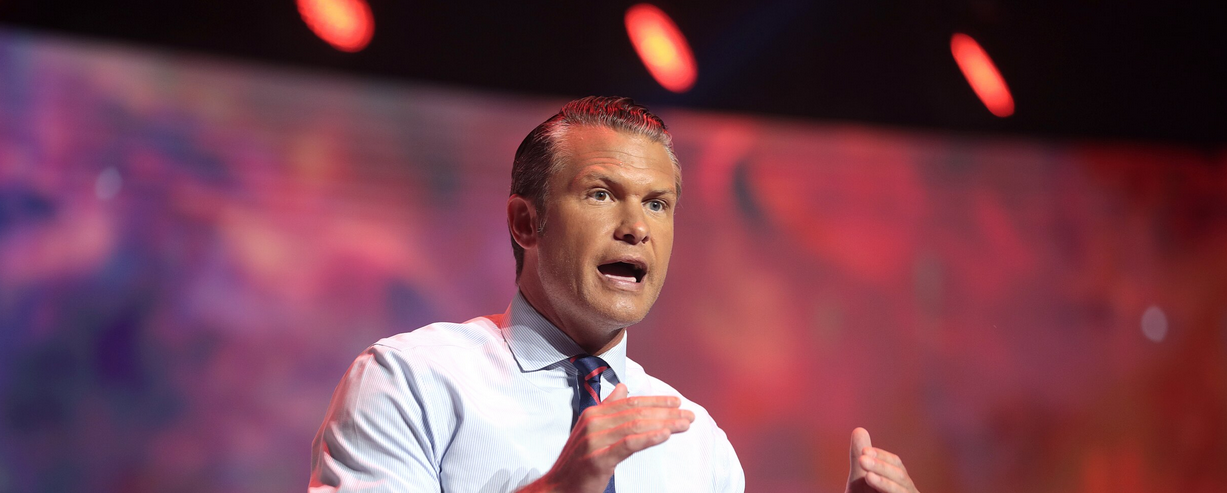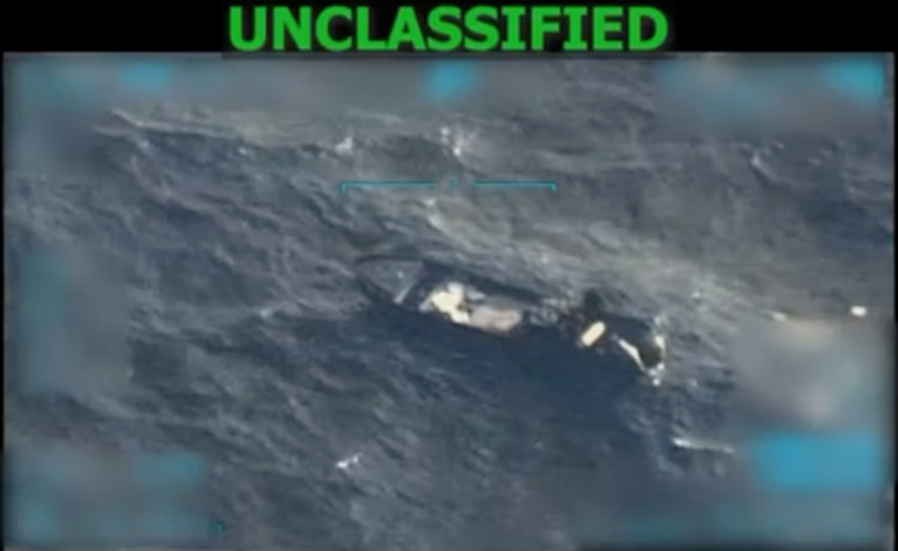Kibeho Camp for internal refugees, April 22, 1995. The refugees had rushed back inside and refused to leave after seeing Kagame’s forces open fire on those who tried to leave. Photo: Paul Lowe
Twenty-two years ago, on April 22, 1995, Rwandan President Paul Kagame’s Rwandan Patriotic Army (RPA) massacred between 4,000 and 8,000 Hutu men, women and children at the Kibeho Camp for internal refugees in southern Rwanda. U.N. human rights monitors, photojournalists and U.N. peacekeepers all witnessed the massacre, but neither Kagame nor any of his officers have ever been indicted for the crime in international courts.
In “
Kibeho: A Story of Flesh and Blood,” an article published in Foreign Policy Journal, Canadian investigative journalist Judi Rever cites evidence that the Kibeho Massacre was only one instance of the systematic massacre of hundreds of thousands of Rwandan Hutus after the RPA invaded Rwanda in 1990, before, during and after the massacres of Rwandan Tutsis in 1994.
Rever’s book “In Praise of Blood,” has been accepted for publication by Random House. It will document crimes committed by the Rwandan Patriotic Front in Rwanda and the Democratic Republic of the Congo. The title refers to Western leaders’ consistent praise for Kagame and his regime despite their record of massive crimes for more than two and a half decades.
I spoke to Rene Mugenzi, a Rwandan refugee, British citizen and human rights activist, who continues to seek acknowledgment and indictment for the crimes against humanity and, arguably, genocide committed at Kibeho in 1995.
Ann Garrison: Rene, you organized an event attended by Amnesty International and U.N. peacekeepers who witnessed the massacre, at which you showed photographs that had not been shown in public before. After that, the Metropolitan Police warned you that Kagame had sent assassins to kill you in London. You obviously survived, at least for now, but have you come any closer to seeing indictments or prosecutions for the Kibeho Massacre?
Rene Mugenzi: Unfortunately, no, but we have managed to raise awareness about the massacre with various international institutions and organizations as well as members of the U.N. Security Council (UNSC). We will continue our work until a decision to prosecute suspects is announced.
AG: The evidence could hardly be more persuasive. It includes the eyewitness testimony of U.N. human rights monitors, U.N. peacekeepers, and photojournalists and photo documentation. Why has the international legal system, including the International Criminal Tribunal on Rwanda and the International Criminal Court, still failed to prosecute Kagame and his officers?
RM: The U.N. and other international legal systems are suffering from extreme fatigue about Rwanda-related justice issues after spending billions of dollars on ICTR judgments and court proceedings for more than a decade and half. There is little interest in any legal cases related to what happened in Rwanda in the 1990s.
The Kagame regime and its powerful Western allies – including Bill Clinton, Tony Blair and Howard Buffett – have also been determined to prevent the revision of Rwanda’s official “genocide against the Tutsi” narrative or the prosecution of Rwandan officers, including Kagame himself.
AG: What happened at Kibeho undermines the ideology of “humanitarian intervention” based on the claim that the world failed to stop the genocide against the Tutsi in Rwanda. Could you talk about that?
RM: Indeed, the U.N. peacekeepers at Kibeho were ordered not to fire their weapons to defend the refugees. I’m sure that U.N. officials would rather not acknowledge that or identify the person or persons responsible for the order.
By refusing to send the case to the ICC for prosecution, the U.N. Security Council has shown that it is not really learning from its mistakes as is claimed by advocates of “humanitarian intervention” like Canadian Gen. Romeo Dallaire and former U.N. Ambassador Samantha Power. The UNSC should review their decision-making processes and make a real commitment to the preservation of human lives and freedoms.
AG: In 2015, Kanye West modeled his Yeezy Season 3 fashion tableau on a photograph of the Kibeho camp, which looks like an inferno. The IDPs (internally displaced persons) had rushed back inside and refused to leave after Rwandan troops opened fire on their fellows on their way out.
Kanye told his models to “channel a Rwandan refugee camp” to promote his fashion line. Did this spread any awareness of what happened at Kibeho?
RM: That fashion show was an appalling commodification of the mass killing and suffering of Rwandan people.
AG: Was there ever any indication that Kanye West knew or cared about what really happened at Kibeho?
RM: No. If he had, he would have talked about it during his promotion event. It is inhumane to use a scene of suffering people for financial benefit and ignore the story of their suffering.
AG: Did he ever respond to your request for an apology?
RM: We wrote to him but never received a reply.
AG: After the fashion show, American scholar Laura Seay tweeted at Kanye West: “This is beyond tasteless. Kibeho is a massacre site, not a runway. A Kibeho-themed fashion show is as offensive as an Auschwitz-themed fashion show would be. Historical horrors must not be commodified.”
Others on Twitter called it “crass, inappropriate, offensive and unacceptable” and asked what Kanye West knows about Kibeho or Rwanda. Would you like to add to that?
RM: That was my feeling too. He could have learned and spread awareness about the Kibeho Massacre, but he didn’t know or care about the story behind the image. Neither did the fashion writers or anyone else in the fashion world.
Instead they turned it into something “cool.” Kanye West should apologize, learn the truth about Kibeho, and call on the international justice system to indict those responsible for genocide and crimes against humanity.
Rene Mugenzi is a Rwandan refugee, British citizen and human rights activist who lives in London. He can be reached at [email protected].





